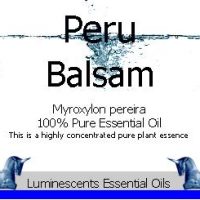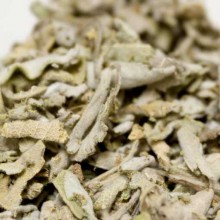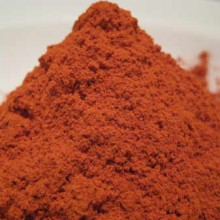Santalum austrocaledonicum, from which Sandalwood Pacific New Caledonia essential oil is distilled, is a small tree growing up to 13 metres in height at maximum and has rather greyish bark. It is sometimes called New Caledonian Sandalwood and locals call it Tibo. Like all Sandalwoods, it is parasitic. Most have been removed from their habitat due to logging. Very few trees remain in the wild.
There are two more variants of this species, Santalum pilosulum, and Santalum minutum.
Sandalwood is parasitic, burrowing its roots into nearby trees to gain sustenance for the first seven years of its life, leaving the other surrounding trees to die. To produce oil this tree must be over 30 years old, preferably around 40-50 years when it has reached its oil production peak.
Reported Attributes of Sandalwood Pacific New Caledonia Essential Oil:-
Traditional and Emotional uses reportedly include:-
Used in Perfumery, cosmetics, and aromatherapy. Sandalwood Pacific is considered to have strong anti-microbial and anti-inflammatory properties.Sandalwood Mysore and East Indian Sandalwood are considered the best in perfumery terms. Australian Leaf Sandalwood (Santalum spicatum) is considered affordable and African Sandalwood has yet to achieve any status.
Sandalwood Pacific New Caledonia Blends Well With:-
The Essential Oil blends very well with any top or middle note essential oils. Favorites include: Jasmine, Ylang Ylang, Rosewood, Patchouli, Vetiver. It is also interesting to note that blending Sandalwood with Rose Absolute oil makes for a great sensual and aphrodisiac blend.
History of Sandalwood:-
The ‘true’ sandalwood is the wood of trees in the genus Santalum; found in southern India and Sri Lanka, Hawaii, and many south Pacific islands. It is most commonly used for incense, aromatherapy, perfume, and fine woodworking. Although not commonly used as a construction material, temples have been built with sandalwood in India and retain the aroma after centuries. It is said to have been used for embalming the corpses of princes in Ceylon since the 9th century. Jewelry boxes, fans, and ornate carvings continue to be made in many parts of Asia using sandalwood.
Many of the species are currently endangered and consequently very expensive. Although all sandalwood trees in India are government-owned and their harvest is strictly controlled, many trees are illegally cut down and smuggled out of the country by local gangs. Sandal essential oil prices have risen by up to $1500-2500 per kg per year in the last 5 years. Some countries regard the sandal oil trade as ecologically harmful because it encourages the over harvesting of sandalwood trees.
Some thirty species of sandalwood occur throughout Asia, Australia and the Pacific region. Six of the species are native to Australia.
West Indian sandalwood (Amyris balsamifera) is not a member of the sandalwood family; the chemical components of amyris essential oil are entirely different from those of the oil obtained from plants in the Santalum genus.
Sandalwood is considered in alternative medicine to bring one closer with the divine. Sandalwood essential oil, which is very expensive in its pure form, is used primarily for Ayurvedic purposes, and treating anxiety.
In Buddhism, Sandalwoods are considered to be of the Padma (lotus) group and attributed to the Bodhisattva Amitabha. Sandalwood scent is believed to transform one’s desires and maintain a person’s alertness while in meditation.
Sandalwood, along with Agarwood, is the most popular and commonly used incense material by the Chinese and Japanese in worship and various ceremonies.
Fire keeping priests, who have maintained sacred fires for centuries, accept sandalwood twigs from Zoroastrian worshippers as their contribution for sustaining the fire.






